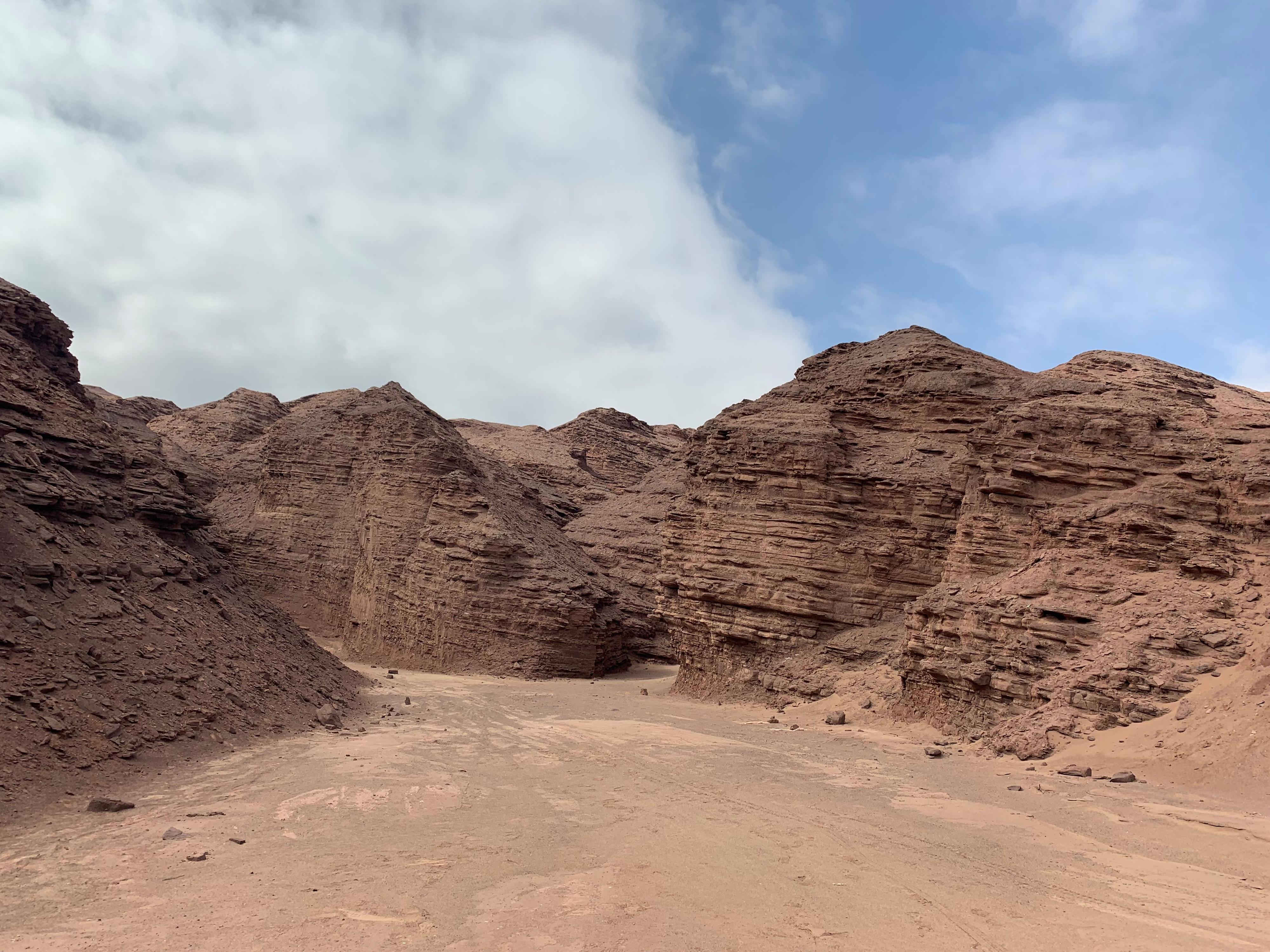The instruments that are now on Mars may not be able to detect remains of life.
2023/02/21 Galarraga Aiestaran, Ana - Elhuyar Zientzia Iturria: Elhuyar aldizkaria

They warn that instruments intended to look for (and find) sequelae of Martian life may not have enough sensitivity to detect it. To reach this conclusion, researchers from the Spanish Astrobiological Center and the Autonomous University of Chile have conducted tests in the Chilean desert of Atacama.
In fact, a region of the Atacama Desert and the Martian crater Jezero (which is exploring Perseverance in search of traces of life) are very geologically similar. This region was formed in acidic conditions between 160 and 100 million years, where biosignatures of missing and living mycoorganisms have been found through very sensitive laboratory techniques.
Microorganism culture and gene sequencing have shown that many DNA sequences come from a dark, unspeakable and already missing microbiome. However, the laboratory instruments used on Mars were barely able to detect the biosignature of this genetic material because its detonation was at the limit.
Researchers conclude that if there were living things on Mars billions of years ago, it will be very difficult to detect their footprint with their instruments. Therefore, they consider it very important to bring the samples to Earth for analysis. The research has been published in the journal Nature Communications.

Gai honi buruzko eduki gehiago
Elhuyarrek garatutako teknologia




